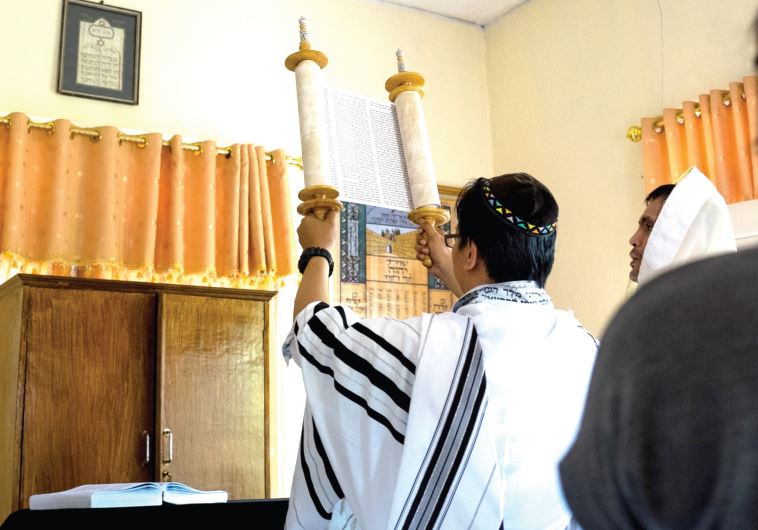Sinai Today: This is how we tell our story
The clues to defining Jewish identity are to be found on the Seder night when we tell the story of the origins of our people.
 Vicktor (Noah) Ratumbanua holds the Torah during Saturday morning services.(photo credit: ANNA CLARE SPELMAN)Updated:
Vicktor (Noah) Ratumbanua holds the Torah during Saturday morning services.(photo credit: ANNA CLARE SPELMAN)Updated: